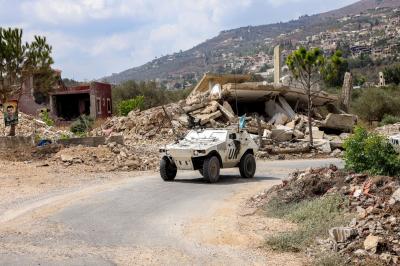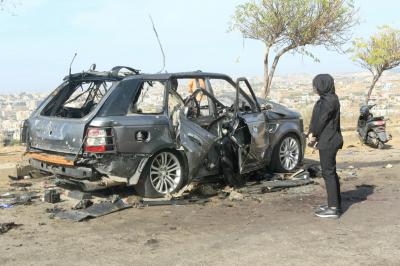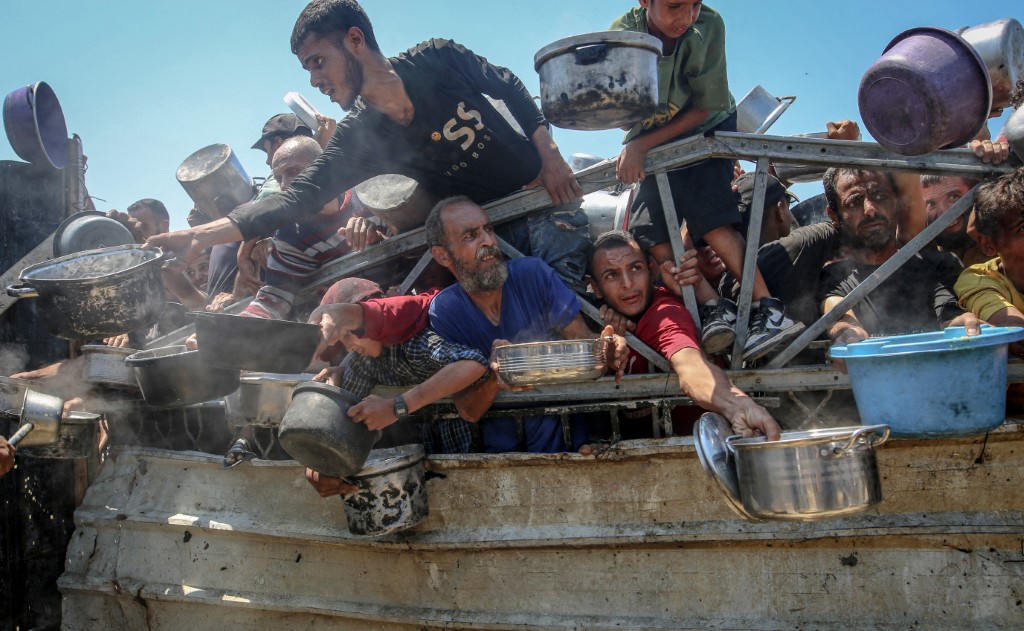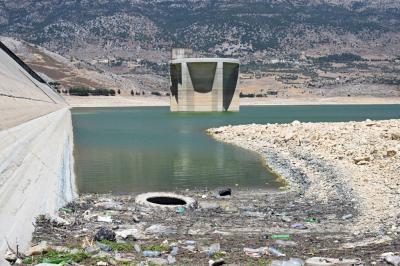Israel’s recent interventions in Syria and Yemen are unfolding against a backdrop of regional tension and complex geopolitical rivalries. Since the fall of Bashar al-Assad in December 2024, Israel has intensified its military operations in Syria to prevent hostile forces from establishing themselves near its borders. In Syria, the Druze community has become a primary target.
While the situation may appear to be calming, the threat of civil war still looms over the regime of Syria’s new president, Ahmad al-Sharaa. The Israeli army has carried out more than 980 airstrikes, destroying the bulk of Syria’s remaining arsenal—including a July 16, 2025, strike on the Ministry of Defense in Damascus. Although Israel justifies these operations as necessary to protect the Druze in Sweida and demilitarize southern Syria, both Syria and the European Union have denounced them as clear violations of international law.
This raises a fundamental question: Can the Israeli army, in the name of defending the Jewish state, continue violating international law with impunity?
More recently, Israel has expanded its operations to target Iran-backed Houthi rebels in response to their missile and drone attacks. In July 2025, Israeli strikes hit Yemeni ports such as Hodeidah and key infrastructure accused of facilitating Iranian arms transfers. These operations—including the high-profile “Black Flag” campaign—followed a series of Houthi attacks, notably on Tel Aviv’s airport. While the Houthis continue their strikes in solidarity with the Palestinians, the so-called “Axis of Resistance” led by Iran appears to be weakening.
Following massive U.S. bombardments of Iran’s nuclear facilities, Tehran has shown signs of accepting stricter international oversight—but has refused to halt uranium enrichment. This keeps Tel Aviv on high alert, prepared to launch another strike if necessary.
Israel’s actions are part of a broader strategy to contain Iranian influence and undermine its regional proxies—”Hezbollah”, Hamas, and the Houthis—all of which have lost strength since 2023. But Israel’s strikes in Syria and Yemen, as well as its growing friction with Iran, reflect an ambition to maintain military dominance by exploiting regional instability. This aggressive approach, however, is increasingly seen as reckless—one that fuels tensions and complicates de-escalation efforts, particularly in Gaza, where war continues with catastrophic humanitarian consequences.
The people of Gaza are suffering immensely. The humanitarian and food crisis has prompted some Western mobilization. But the Tel Aviv/Washington axis appears deaf and blind to the tragedy unfolding in the Gaza Strip. Meanwhile, China—focused on Taiwan—and Russia—obsessed with Ukraine—remain inert. Even their traditional support for Iran is showing signs of fatigue.
Israel’s actions in Syria and Yemen reflect a policy that is too aggressive to be sustainable. While intended to safeguard its interests against Iran and its proxies, it instead exacerbates regional instability and attracts growing international condemnation. How far will the Israeli army go in spreading fire and desolation?
Will the horrors of the October 7 pogrom—endured by Israel—grant the state a permanent blank check to intervene wherever and whenever it chooses?
The international community is not silent. But its outcries are ineffective. And in the meantime, Palestinians in Gaza continue to die—trapped between the might of the IDF and the grip of Hamas.
Please post your comments on:
[email protected]
 Politics
Politics













